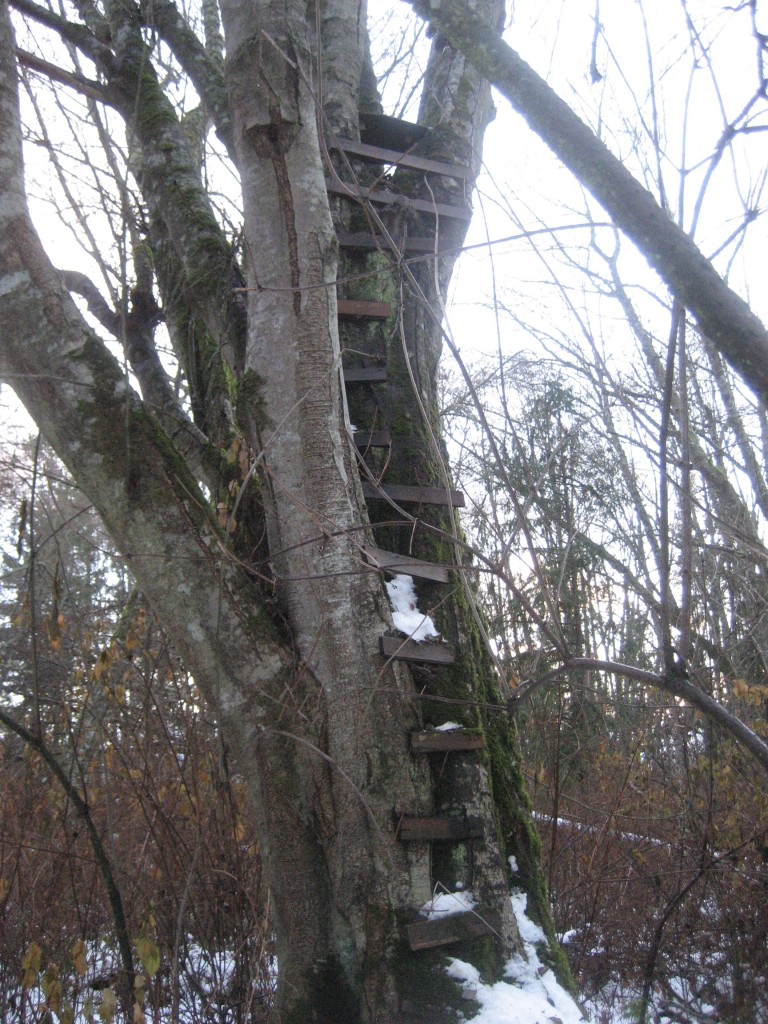 My friend Taya and I were out at her parents’ country place, about twelve acres in the western foothills of the Cascades. I was maybe eight, visiting for the first time. Taya was taking me on a tour. We were struggling along, as short-legged people do through dense, early successional Northwest forest. She stopped and took hold of a small sapling. “This,” she said, “is the difference between our land and a park.” And then, shockingly, she stepped on the sapling until it was bowed in two and then snapped it with her boot, killing it dead. Or maybe she ripped it out of the ground with her two hands—she was a very strong girl, I remember. I don’t remember the details of the act. But I do remember that she killed a tree and also the sensation of my mind being blown right out my ears. (Taya’s childhood arbor-cide didn’t presage sociopathy or anything close to it. She’s now a veterinarian.)
My friend Taya and I were out at her parents’ country place, about twelve acres in the western foothills of the Cascades. I was maybe eight, visiting for the first time. Taya was taking me on a tour. We were struggling along, as short-legged people do through dense, early successional Northwest forest. She stopped and took hold of a small sapling. “This,” she said, “is the difference between our land and a park.” And then, shockingly, she stepped on the sapling until it was bowed in two and then snapped it with her boot, killing it dead. Or maybe she ripped it out of the ground with her two hands—she was a very strong girl, I remember. I don’t remember the details of the act. But I do remember that she killed a tree and also the sensation of my mind being blown right out my ears. (Taya’s childhood arbor-cide didn’t presage sociopathy or anything close to it. She’s now a veterinarian.)
I was a city kid, so well schooled in the “leave no trace” ethos of wilderness preservation by school and camp that the idea of killing a tree…it wasn’t that it was wrong. It was that I had never even considered the possibility. Nature was, to me, inviolate, unchanging, ancient and pure. Pristine. It was better than God—less judgmental, more fun to play in, but just as serious and Big. Continue reading
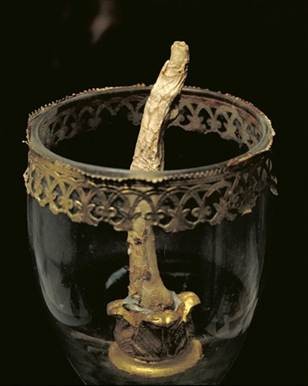 On Monday, Richard kicks off the week by
On Monday, Richard kicks off the week by 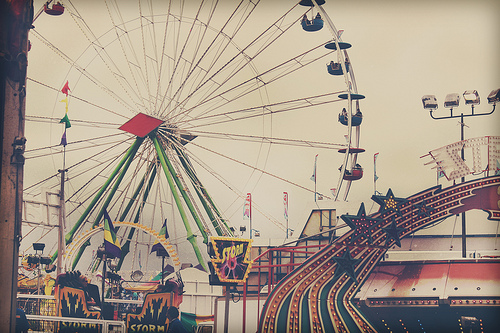
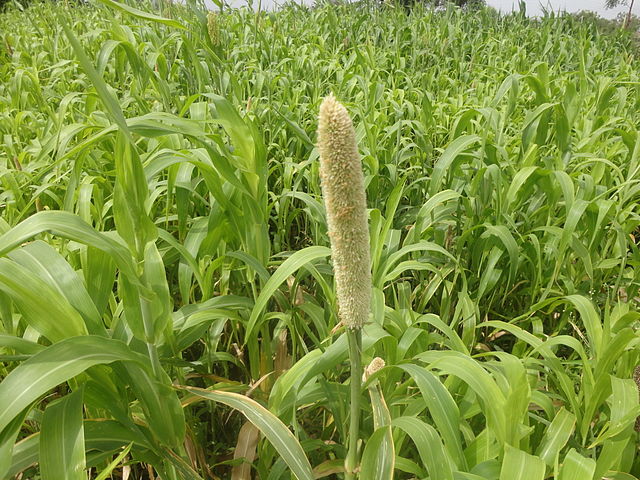
 I am a man of science. Okay, perhaps not of science, but certainly near it. I’m science adjacent. But regardless, I consider myself to be bound, in the end, by logic and facts.
I am a man of science. Okay, perhaps not of science, but certainly near it. I’m science adjacent. But regardless, I consider myself to be bound, in the end, by logic and facts.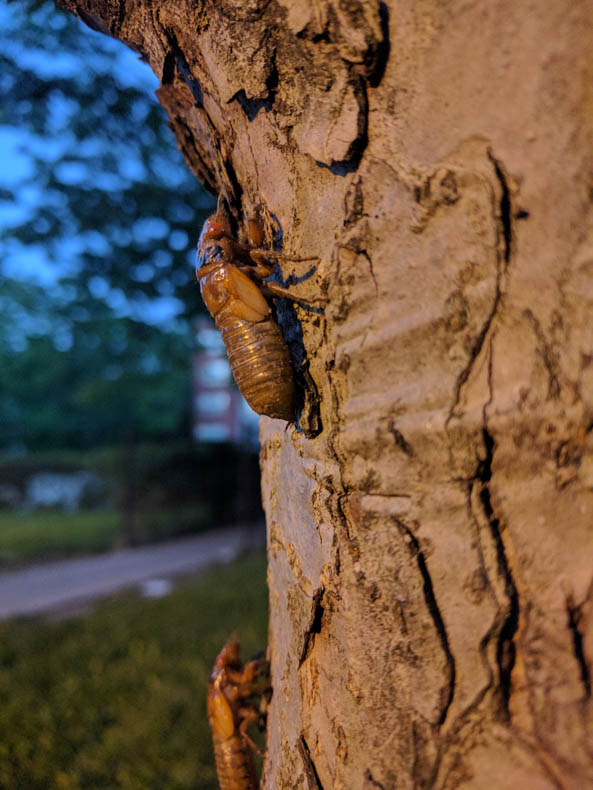

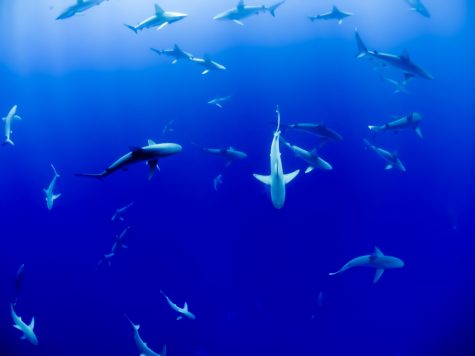 Despite the occasional tragic outcome of such encounters—and they truly are occasional relative to attacks by other wild animals—I love meeting sharks in the wild. So, dive in with me as I recall this experience with Emma the tiger shark in the Bahamas. I don’t know that she was as intrigued with me as I was with her, but I’m happy to report that she left me totally intact.
Despite the occasional tragic outcome of such encounters—and they truly are occasional relative to attacks by other wild animals—I love meeting sharks in the wild. So, dive in with me as I recall this experience with Emma the tiger shark in the Bahamas. I don’t know that she was as intrigued with me as I was with her, but I’m happy to report that she left me totally intact.